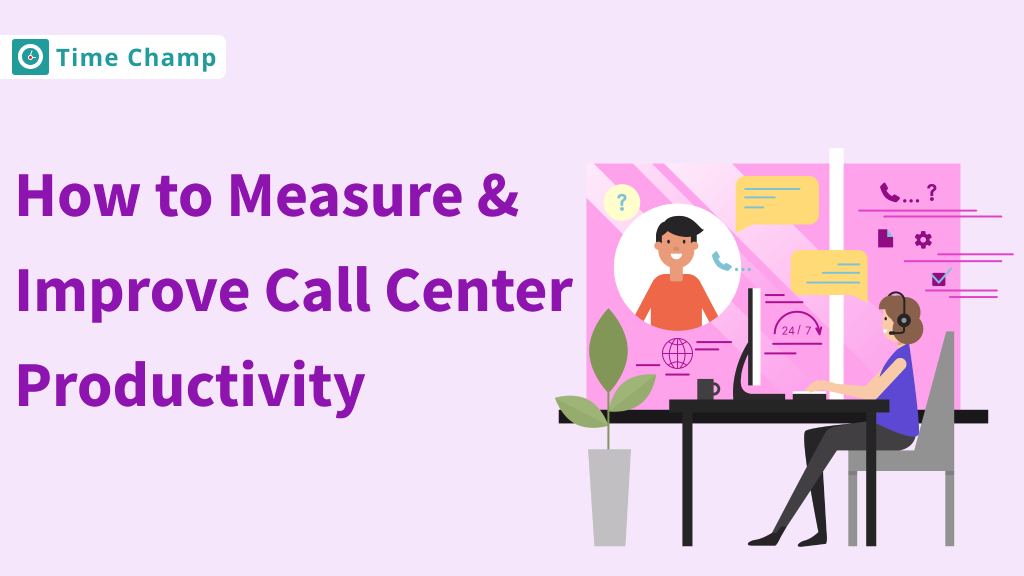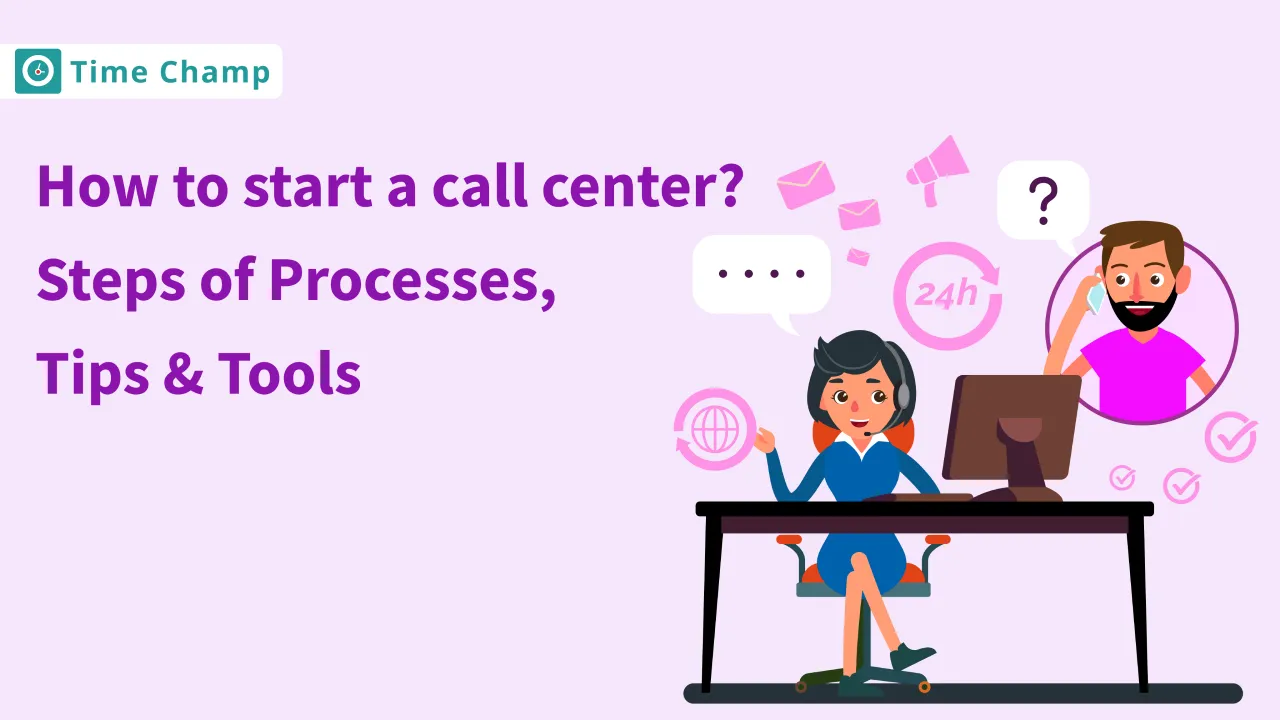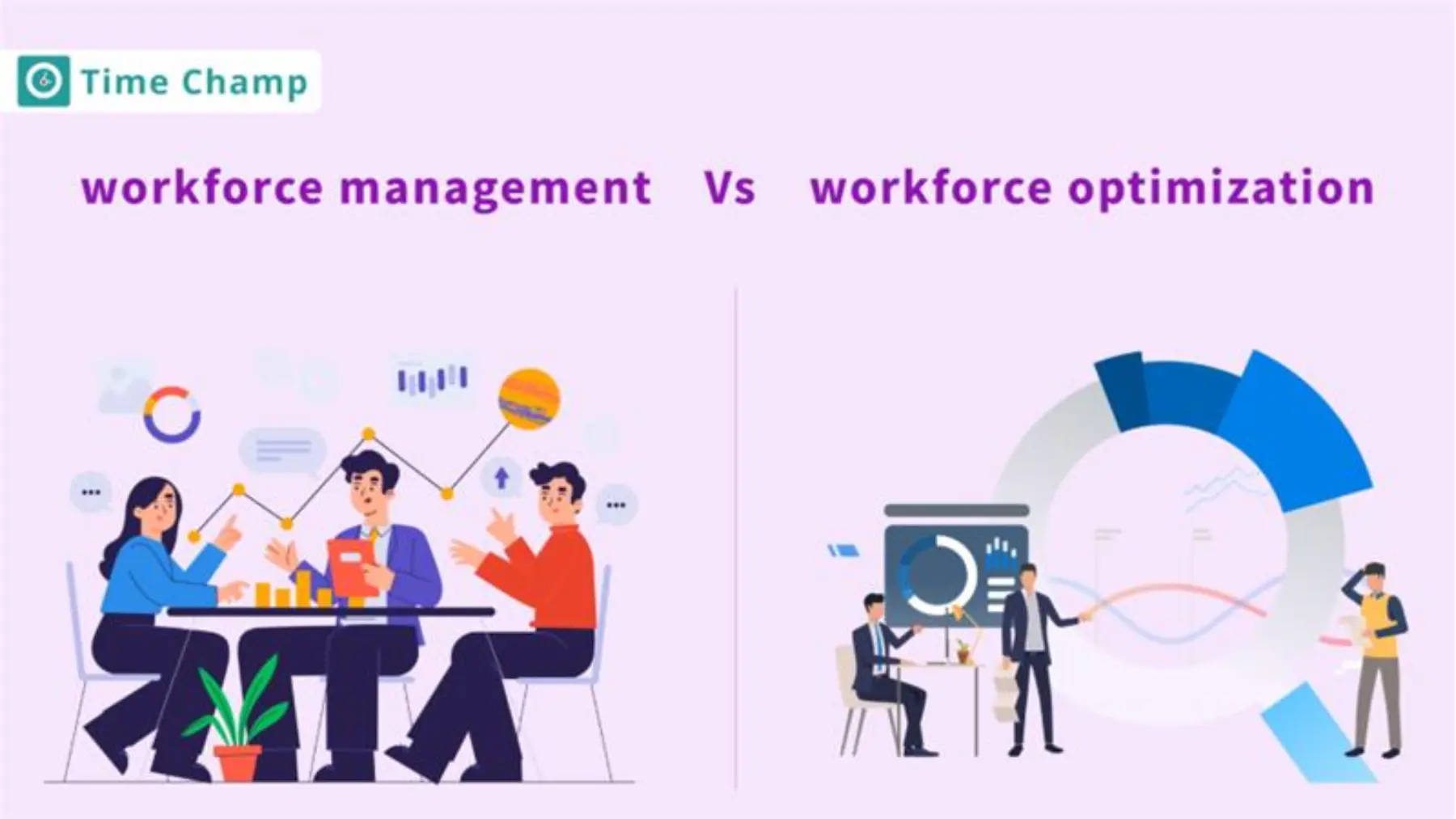A single call can win a lifelong customer or lose one forever. That’s the reality of running a call centre. Call centre workforce management makes the difference, ensuring customers aren’t left waiting, agents aren’t overwhelmed, and service quality never slips. In this guide, you can explore how effective workforce strategies turn call centres into engines of loyalty and growth.
In this blog, we’ll look at how smart workforce management helps call centres create smoother experiences, happier customers, and stronger business results.
What Is Call Centre Workforce Management?
Call centre workforce management is the strategic process of forecasting, scheduling, and optimising agent resources to deliver exceptional customer experiences while maximising operational efficiency and cost-effectiveness.
Workforce management in call centres helps to bring order to daily tasks by using data and analysis to forecast call volumes and assign the appropriate number of agents. This approach helps maintain service levels, reduce waiting times, and control operational costs without compromising customer experience.
Along with planning and workforce management, the call centre focuses on intraday monitoring and continuous adjustments. Managers are able to monitor real-time performance and detect gaps, as well as make swift decisions to enhance customer satisfaction and agent productivity.
Why Is Workforce Management Important in the Contact Centre?
Running a contact centre isn’t just about picking up calls, it’s about creating experiences that leave a lasting impression. Research shows that about 97% of people share positive customer experiences with their friends, family or colleagues. Studies show that nearly 97% of customers talk about good experiences with their friends, family, or colleagues. The lack of a strong contact centre workforce management strategy may turn potential supporters into lost opportunities because of long waits and inconsistent service.
Effective workforce management in a call centre is important because it directly influences both service quality and employee performance. Accurate forecasting and smart scheduling ensure that there will be no gaps in resources, and this helps in serving the customers on time. Real-time monitoring empowers managers to quickly respond to changes, keeping operations efficient. When managed well, workforce strategies build customer trust, cut costs, and create a more motivated team.
What Are the Key Functions of Call Centre Workforce Management?
WFM call centre brings structure to daily operations, ensuring the right balance between customer demand and agent performance. It covers everything from forecasting and scheduling to monitoring and reporting. Below are the key functions that make it effective.
1. Forecasting Demand
Accurately predicting call volumes is the foundation of workforce management. Using historical data, seasonal trends, and real-time insights, managers can anticipate peaks and plan resources accordingly. This prevents last-minute chaos and ensures customers receive timely support.
2. Scheduling Agents
When the demand is projected, schedules should be developed that meet the needs of customers and possible agents. Effective workforce management call centre scheduling ensures the right people with the right skills are available at the right time, creating fairness for employees and reliability for customers.
3. Real-Time Management
Even the best schedules need adjustments. Real-time management allows supervisors to monitor call traffic as it happens. They can make quick changes, such as reassigning agents or adjusting breaks, so service levels remain consistent throughout the day.
4. Performance Monitoring
Tracking agent performance is essential to maintain service quality. Measures like average handling time, time schedule adherence and customer satisfaction scores assist managers in identifying where agents need support and guiding them toward improvement.
5. Reporting and Analytics
Robust reporting tools turn raw data into actionable insights. Call centre leaders can identify patterns, measure efficiency, and make better decisions for staffing, training, and long-term planning. This ensures the workforce remains agile and aligned with business goals.
How to Effectively Manage Workforce in a Call Centre?
Nearly 87% of call centre agents report high stress, experiencing burnout, which leads to costly attrition averaging $600,000 a year for businesses. This shows why supporting teams the right way is critical.
Call centre workforce optimisation reduces pressure, improves retention, and builds an environment where agents can succeed. Below, we break down practical strategies that help managers streamline operations and deliver better outcomes for both employees and customers.
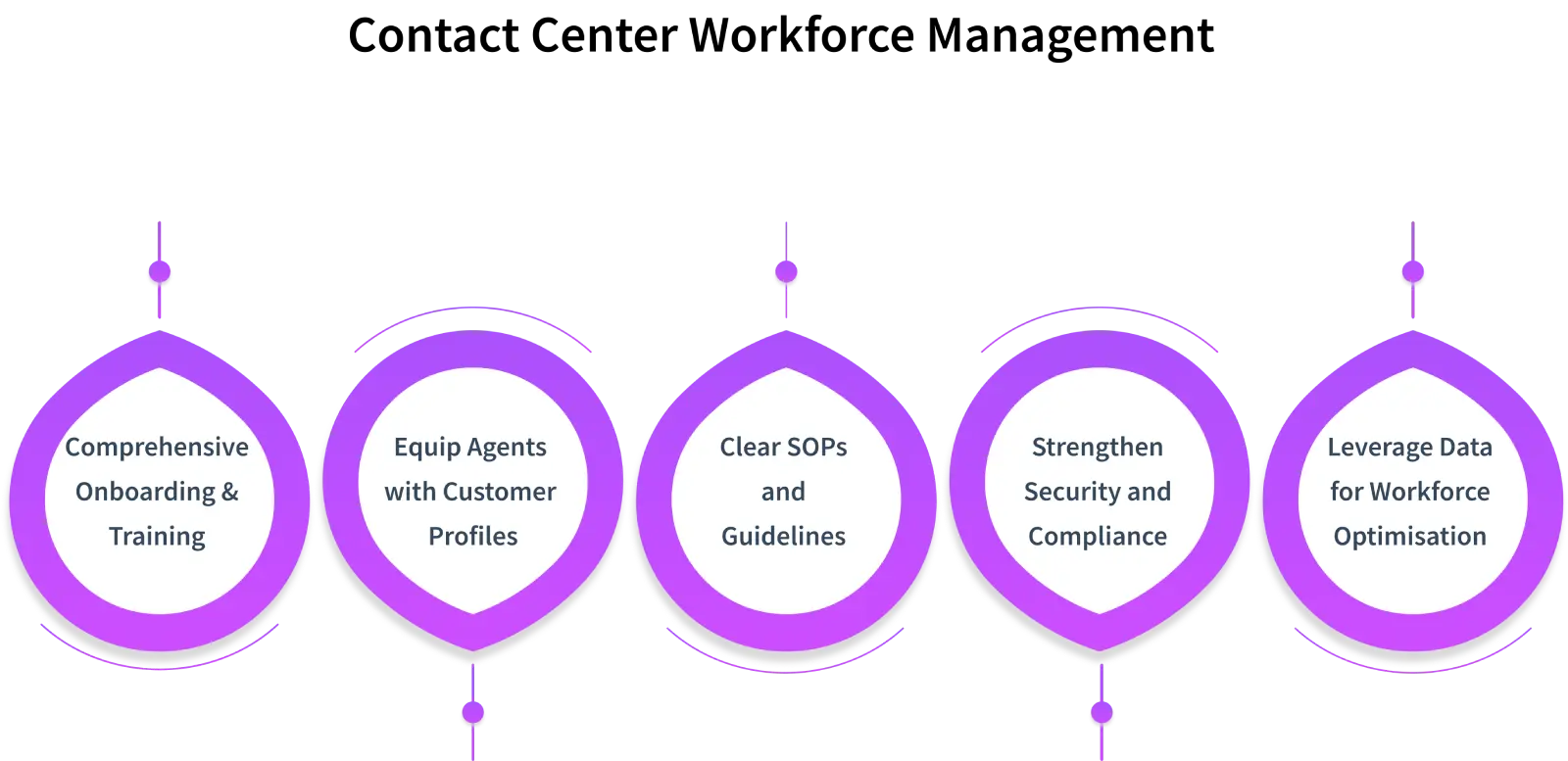
1. Comprehensive Onboarding & Training
It isn’t enough to train agents once and call it a day. Top-performing contact centres treat training as a continuous journey. The new employees must be taken through a comprehensive onboarding process, where they are introduced to the tools, procedures, and values of the company.
After that, regular refresher sessions, role-plays, peer shadowing, and micro-learning help agents keep up with evolving customer expectations and policy changes. This builds confidence and consistency in performance.
2. Equip Agents with Customer Profiles
Great service starts when agents know more than just the customer’s name. Equipping them with the right context, like previous interactions, preferences, or common issues, helps them respond faster and with more empathy. This not only saves time in handling calls but also establishes trust in the first interaction.
Imagine an agent starting a call with, “Hello, Ms Khan. I noticed you reached out last week about setting up your new device. Have you had a chance to try the updated features yet?” This simple acknowledgement makes the customer feel valued and sets a supportive tone right from the start.
3. Clear SOPs and Guidelines
Procedures that are well documented provide confidence and consistency to the agents. Standard Operating Procedures (SOPs) and defined Service Level Agreements (SLAs) act as roadmaps in high-pressure moments, reducing confusion and delays. Periodic revisions and updates of these guidelines ensure that they are up to date and in line with customer expectations.
4. Strengthen Security and Compliance
Contact centres deal with sensitive information such as payments and personal information, and therefore, robust protection is essential. Clear compliance practices, such as GDPR rules or state-specific call recording laws, safeguard both customers and agents. Regular updates and training help maintain trust and prevent costly mistakes.
5. Leverage Data for Workforce Optimisation
Relying on gut feeling is risky in a high-volume call centre. Analysing key metrics, such as call resolution, customer satisfaction and schedule compliance, can help the managers predict the demand and make more appropriate staffing decisions. Using data, managers can prevent service gaps and plan ahead with more accuracy.
What Are the Benefits of Workforce Management in a Call Centre?
Workforce management in call centres shapes how teams perform, customers are served, and business goals are met. Here are the key benefits of implementing effective workforce management in a call centre:
1. Better Customer Experience
When the right number of agents are available at the right time, customers spend less time waiting and more time being heard. Workforce management makes sure that the queries are processed fast and properly, which leads to easier interactions. In fact, 89% of consumers are more likely to make another purchase after a positive customer service experience, showing how directly excellent service drives loyalty. As a result, customers feel valued, and brand trust grows naturally.
2. Increases Employee Productivity
Balanced schedules and clear expectations help agents focus on their tasks without unnecessary stress. Workforce management tools minimise last-minute changes, giving employees stability and consistency in their work. This allows them to deliver better service, achieve team goals, and stay motivated throughout their shifts.
3. Enhances Cost Efficiency
Call centres often face high costs from overstaffing or risk poor service when understaffed. Workforce management helps maintain the right balance between resources and demand. With optimised staff allocation, managers are able to cut down on unnecessary expenditure without compromising customer expectations. The call centre software market is also growing rapidly, which is predicted to grow at a 23.9% CAGR in the period between 2023 and 2030.
4. Real-Time Visibility
Modern workforce management solutions provide live insights into call volumes, agent availability, and customer demand. Through this visibility, managers can make adjustments immediately to avoid service delays. The real-time management call centre also implies that minor problems are identified early enough before they interrupt the operations.
5. Improves Agent Retention
High stress and burnout often lead to high attrition rates in call centres. Workforce management creates fair schedules, reduces excessive workloads, and provides agents with the support they need. When employees feel valued and less overwhelmed, they’re more likely to stay, lowering turnover costs for the business.
Can Intraday Automation Boost ROI In Call Centre Workforce Management?
Yes, intraday workforce automation can significantly improve ROI in call centre workforce management. It automatically adjusts schedules and reallocates resources in real time, reducing the risk of idle time or agent overload. Customers get a faster response, the agents have lower stress, and the operation costs stay under control. With fewer inefficiencies, businesses achieve stronger performance and higher returns without constant manual intervention.
How Real-time WFM Systems Improve ROI For Call Centres?
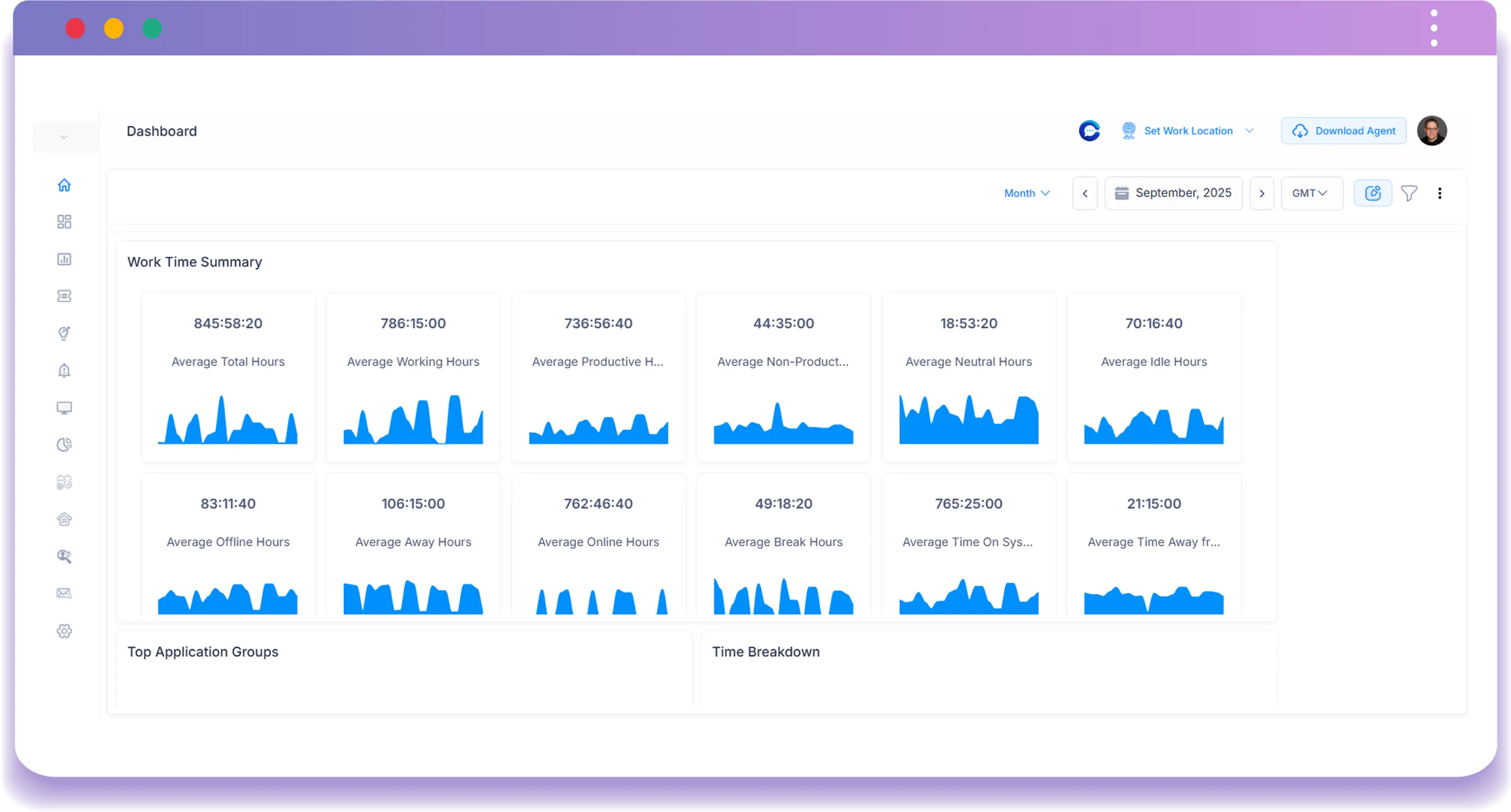
Real-time workforce management (WFM) systems give call centres the visibility they need to control costs and boost efficiency. Unlike fixed schedules, managers will be able to track real-time demand, identify staffing shortages, and make the necessary changes very quickly. This helps reduce wasted hours, improves customer wait times, and ensures teams are neither overworked nor underutilised, all of which directly improve ROI.
In addition to cost control, real-time WFM improves agents' performance. When workloads are balanced fairly, employees feel less pressure and perform better. Happier agents deliver smoother interactions, which translates into stronger customer satisfaction and retention. This ripple effect strengthens brand loyalty and brings measurable financial returns.
That’s where Time Champ’s call centre WFM system makes a difference. With smart scheduling, intraday automation, and real-time performance tracking, Time Champ ensures call centres stay agile. Managers can instantly reassign tasks, forecast workloads more accurately, and keep service levels consistent without overspending on extra staff.
Time Champ helps call centres achieve both productivity and employee satisfaction by reducing costs, improving operations, and keeping agents happy so they provide better service. If you’re looking to turn real-time insight into tangible returns, Time Champ is designed to make that shift simple and measurable.
Conclusion
Effective workforce management sets the foundation for a well-run call centre. It helps balance customer demand with agent capacity, ensuring smoother operations and better service delivery. When processes are clear and resources are used wisely, teams perform with confidence and customers leave with positive experiences. Ultimately, effective workforce management helps employees, satisfies customers, and supports business success.
Frequently Asked Questions
A call centre is a hub where agents handle customer queries via calls, chat, or email. Calls are routed to the right agent based on skills or availability. Workforce management is a method that ensures that the staff is employed according to demand.
Agents handle customer interactions, while team leaders support and guide them. Call performance is checked by quality analysts, and schedules are made by workforce managers. They collectively work on the areas of efficiency and customer satisfaction.
Important KPIs include Average Handle Time (AHT), First Call Resolution (FCR), and Customer Satisfaction (CSAT). Service Level and Agent Utilisation also help track efficiency. These performance indicators help managers to work on performance.
Best practices include strong onboarding, continuous training, and clear SOPs. Using WFM tools helps balance staffing with demand. Ongoing evaluation of KPIs makes the service consistent and customer-oriented.




